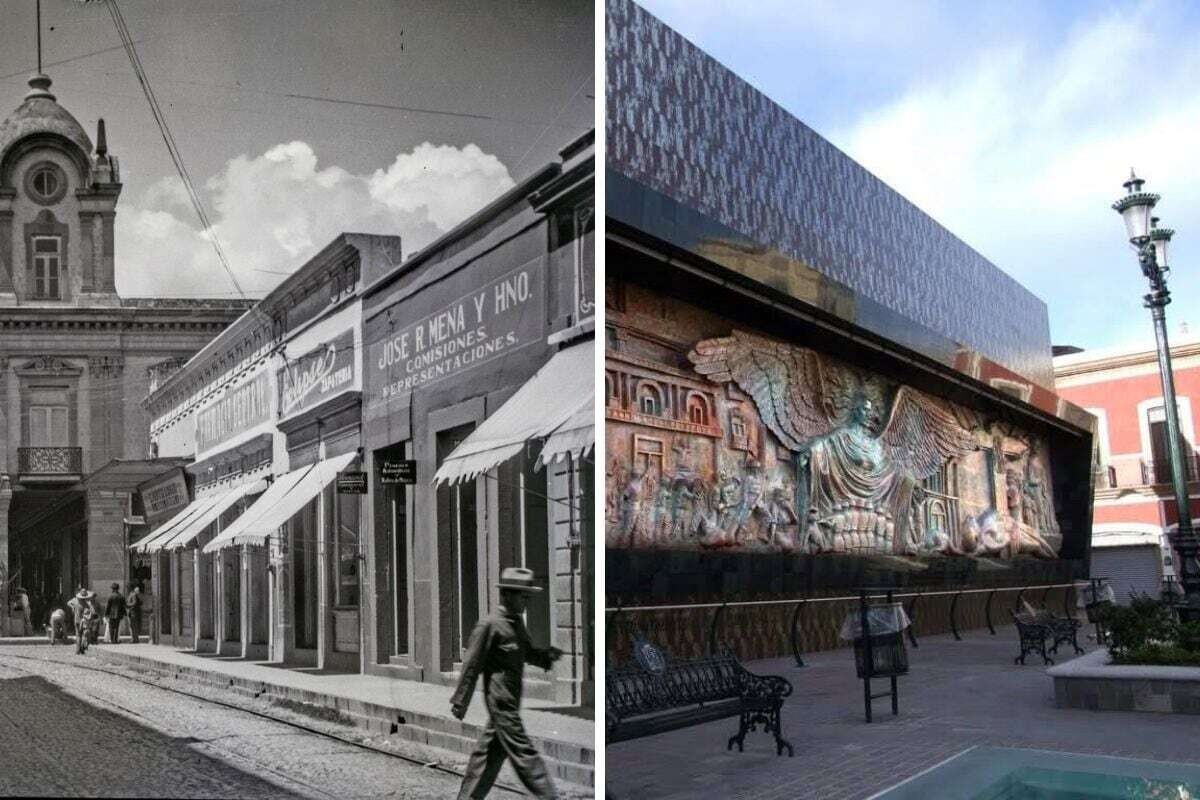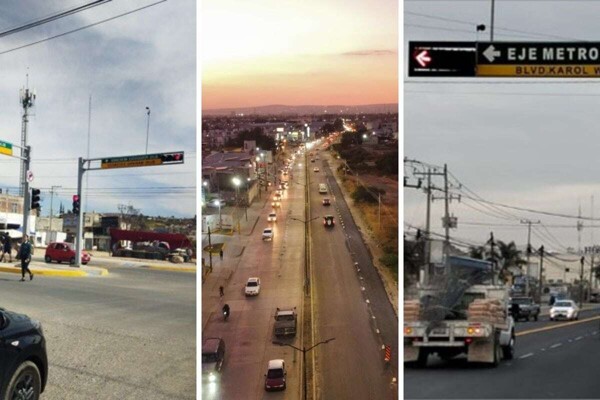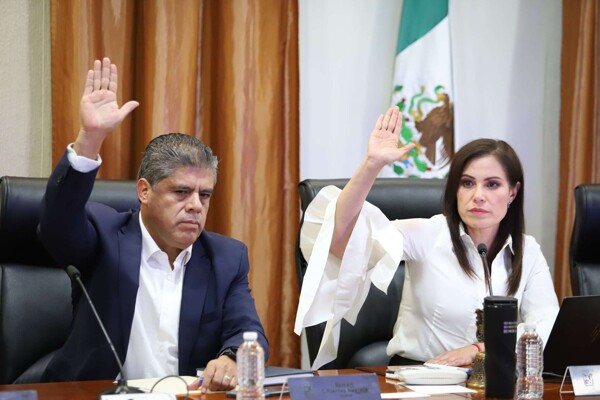
In the year 1576, under the order of Viceroy Martín Enríquez de Almanza, Dr. Juan Bautista de Orozco led the creation of the Villa de León, establishing it as a strategic locality in the north of the Viceroyalty of New Spain. Despite initial resistance from the Guamares and Guachichiles who inhabited the region, the development of agriculture and livestock began around 1546, marking the start of a transformation that culminated in its formal foundation three decades later.
In 1580, León obtained the status of mayoralty, boosting its demographic and economic growth. Since its origin as a colonial villa, the city has become a key economic center, with a history full of contrasts and transformations that still influence its identity. The foundation of León responded to practical and political needs, such as ensuring trade routes and protecting settlers from Chichimeca attacks.
Over the centuries, León has been the scene of significant historical moments, from its participation in the War of Independence to its consolidation as an industrial center during the 19th century, largely thanks to the production of footwear and tanning. Today, the city celebrates its anniversary every January 20, remembering its origins and honoring the traditions that have contributed to its development as a dynamic and culturally rich urban center.
With a population of 2,139,484 inhabitants by the year 2024, León, Guanajuato, stands out not only for its economy but also for events like the León State Fair, which attracts thousands of visitors and reflects the entrepreneurial spirit of its inhabitants. According to INEGI data, between 2010 and 2020, León's population grew at an annual rate of 1.8%, with an equitable gender distribution and a median age of 29 years, indicating a relatively young population.
The literacy rate in the city has decreased to 2.8%, showing progress in education, while the average years of schooling is 10.1 years. The economically active population represents 59.6% of residents aged 12 and older, reflecting an increase compared to previous data.
In terms of services and facilities in homes, most houses have electricity, piped water, and drainage connected to the public network. Additionally, more than 77% of households have internet access, reflecting an increase in the availability of information technologies. With a rich history and a constantly growing population, León positions itself as one of the most relevant cities in Mexico.













